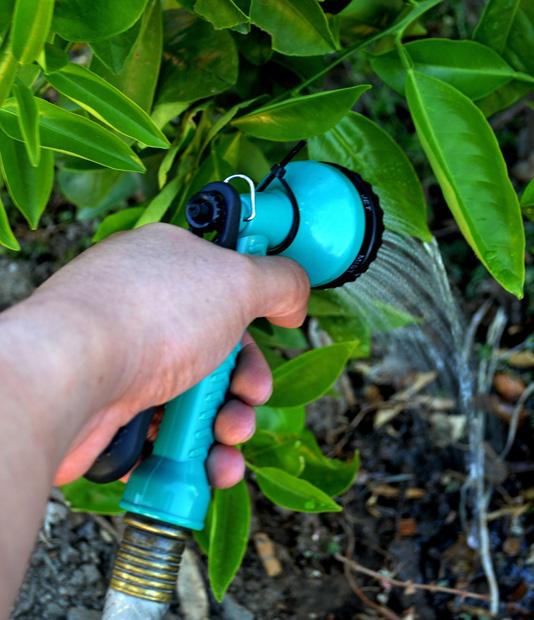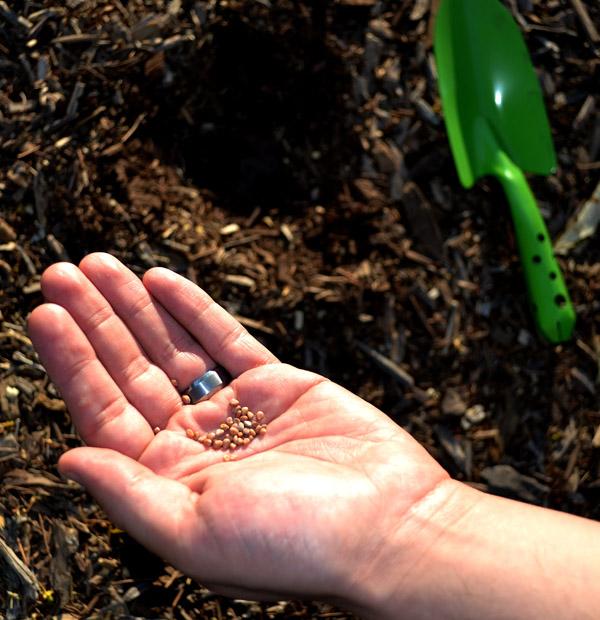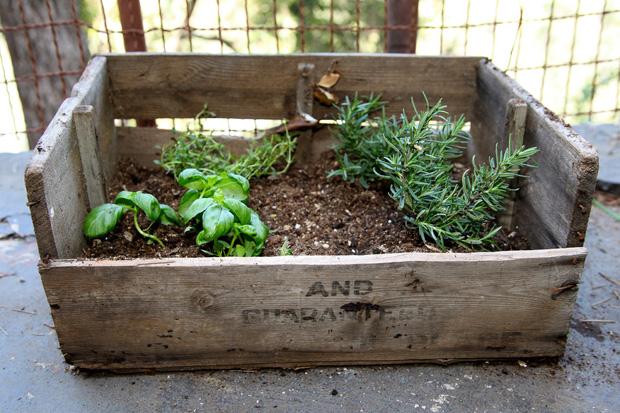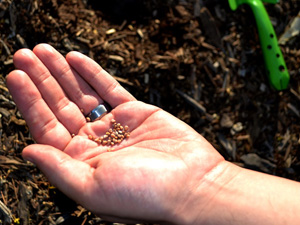Growing your own garden is an affordable option for food that ensures your vegetables are 100 percent untouched by chemicals. It can also give you a sense of gratification. Here are some quick tips on how to grow your own vegetable garden with the help of Erica Wohldmann, a CSUN psychology professor involved with the Institute of Sustainability. She believes growing your own garden will allow a reconnection to nature, leading to a more sustainable future.
1. Consider a container garden to start
It is important to plan out how much space you have, how much time you can devote to your project and how much you would like to spend. If you have a small outdoor space, a container garden is an excellent start.
“It’s exactly what it sounds like. It’s essentially a garden that is in a container and not in the ground,” Wohldmann said.
Almost anything, including pots, wine boxes or even raised garden beds can be used.
Home Depot garden specialists suggest container gardens are better than growing directly from the ground mainly because it allows greater control over the soil quality.
Read up on how large your vegetables can grow. A tomato plant, for instance, can grow to be around seven feet tall, so plant according to the space you have and do not overcrowd your plants.

2. Select a sunny site and water, water, water
It is essential for vegetables to get the proper amount of sunlight.
“If you are talking about zucchini or tomatoes they need full sun. If you are talking greens, they wilt in full sun,” Wohldmann said.
Keeping the plants in your garden hydrated is also key in maintaining what you grow, so it is important to water them regularly.

3. Decide what plants you want to grow
Start off with your favorite food.
“Grow something that you like to eat, and also does well in your climate. It’s going to get you really excited about gardening,” Wohldmann said.
Remember your garden is something that must be taken care of daily.
“Choose something that is going to make your life easier,” Wohldmann said. “Add something to your diet that you can use right away. Herbs are a good way to go.”
Selecting plants that work with the climate you live in will maximize the chances of getting food from your garden. Two options on growing your plants include: starting with pre-grown plants (available at local farmers market) or planting seeds.
4. Start a compost pile
Soil is an important part of growing your garden, and adding compost to it can enhance its quality. The Environmental Protection Agency states that picking a dry, shady spot in your backyard is a good place for a compost bin.
Add biodegradable materials to it as you collect them (such as fruit scraps, dead branches and coffee grounds). Adding water to keep the contents moist and mixing it around helps maintain the pile.
If you don’t have space outside, it’s possible to maintain a pile indoors. If properly maintained, the EPA states that a compost bin inside won’t smell or draw rodents, and should be ready in two to five weeks.

5. Find tools in everyday household items
It is essential to use the proper equipment when growing your own vegetable garden, but it isn’t necessary to go out and purchase items you think you may need.
An old milk container works perfectly for a watering jug. And gardening gloves can cost $10, but if you take a bar of soap and claw your fingers across it, the soap will block any soil from getting under your fingernails.
If you choose to plant tomatoes, you will need to use stakes to help them stay upright. Instead of buying stakes, No. 2 pencils or chopsticks work perfectly.

6. Don’t have expectations that are too high
“You are not going to get to stop going to the grocery store just because you have a garden,” Wohldmann said. “Maximize the amount of space you have, pick plants that seem realistic for your space, and have fun, experiment and enjoy it.”
You may become disappointed if you expect to be able to grow all of your own food in a small garden, but try to integrate it into your daily life. View it as a helpful tool and hobby instead of another boring task.
“See what happens,” Wohldmann said. “Be prepared to fail and get excited when you succeed.”
